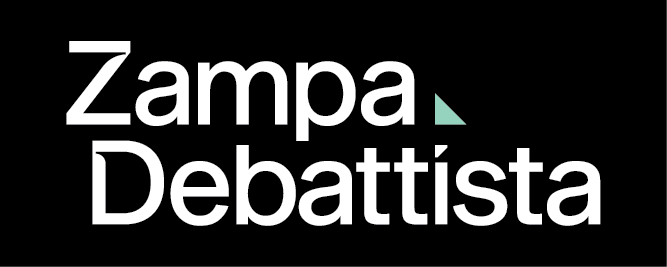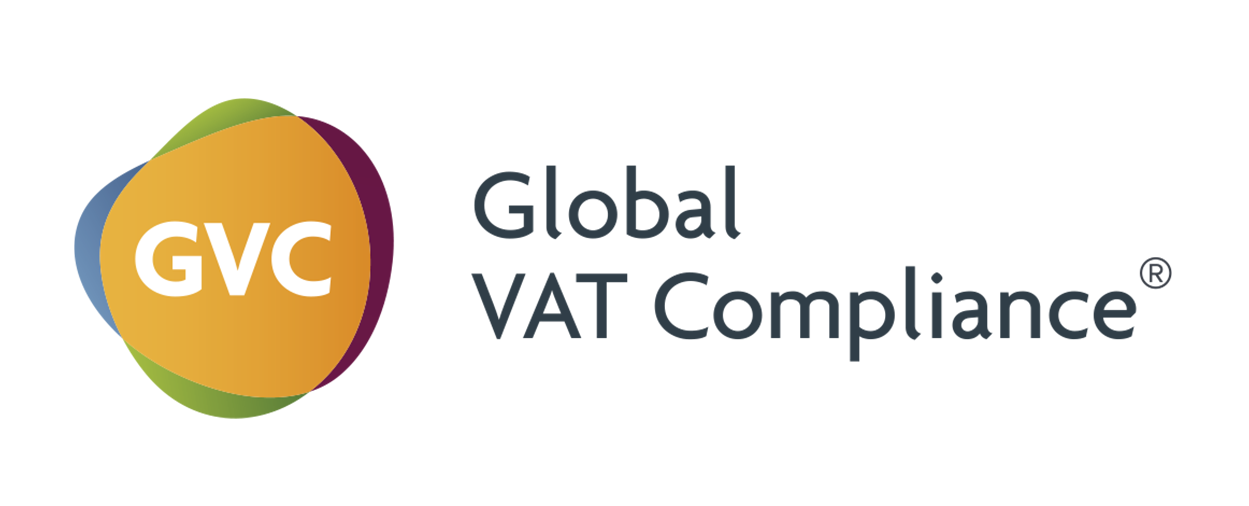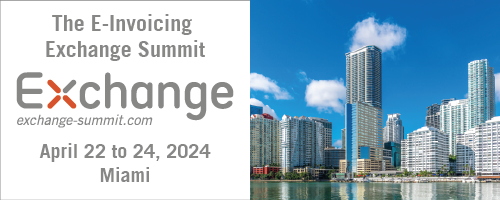One of the main tasks of the “macro budget estimates” department is to provide tax revenue forecasts for the various budget years. For this purpose, a disaggregated tax revenue forecasting model was developed in 2005 and is regularly updated and improved. This report presents the work carried out in the context of updating the value-added tax revenue forecasting model.
The revenues estimated by the VAT model correspond to pure VAT revenues (PVAT). Pure VAT has the advantage of having a clearly identified tax base: it is the macroeconomic base formed by the sum of private final consumption, household investment in housing, intermediate consumption by the government and public investment. The study of pure VAT and its macroeconomic base shows that revenues are over-reactive to the economic situation. This overreactivity results from the difference in the timing of VAT payments and refunds, mainly on the part of exporting firms. Given the mechanisms identified, the pure VAT revenue forecasting model is composed of two parts. The first part models the revenues of the tax base from the macroeconomic base explanatory variable (BASE1). The second part represents the over-reactivity of the revenues. This overreactivity is modeled using two explanatory variables (lagged exports) used as proxies for VAT payments (XAV) and refunds (XDEC) by exporting firms. In addition, since the forecasts are made under constant legislation, a variable representing the total impact of tax measures is included in the model.
When re-estimating the initial model, we find that updating the data and the estimation period slightly degrades the quality of the model. However, a methodological revision of the national accounts was carried out in 2019. The latter has had a significant impact on important items in the macroeconomic base, in particular household final consumption, gross fixed capital formation and the general government accounts…
It is therefore interesting to analyze, on the one hand, the exact composition of the macroeconomic base and, on the other hand, to study the way in which the delays resulting from VAT payments and refunds by exporting firms are modeled. This approach makes it possible to propose alternative variables: an improved macroeconomic base that reflects the real VAT taxable base as closely as possible, as well as pairs of variables used as proxies for payments and refunds that are more efficient from a statistical point of view. In addition, tax measures were taken into account with the utmost rigor in order to exclude tax measures that have an indirect impact on VAT revenues via an increase in its taxable base.
Finally, a set of econometric tests confirmed the statistical efficiency of the proposed alternative variables. In this way, the model was updated, while maintaining a fit above 90%. Finally, the form of the specification retained is identical to that of the previous model, but each of its explanatory variables (macroeconomic base and lagged export variables) has been refined, improved or corrected. In addition, a set of tests has been carried out on alternative specifications. We can conclude that the model provides one of the best possible fits (90.7%) and that it has parameters that best meet the theoretical expectations of a VAT model.
Source: belgium.be















